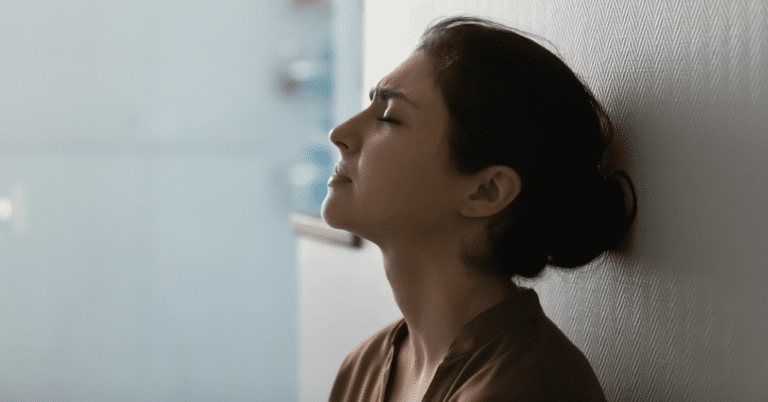1. How Does Vitiligo Affect People with Dark Skin?
Vitiligo impacts all skin types. Darker skin does not make vitiligo any more or less dangerous than having lighter skin.1 The primary difference is how noticeable the condition is on darker skin. This adds to the stigma and adds emotional stress for people with darker skin living with vitiligo.
Many people with vitiligo feel self-conscious. This can lead to low self-esteem, anxiety, and depression. It is important to seek help from your caregiver or doctor if you are experiencing anxiety or signs of depression.
2. How is Vitiligo Treated?
Treating your vitiligo is optional because the condition doesn’t cause harm to your body. If you’d like to even your skin tone, there are options that can help with the differences in your skin’s pigmentation.
Common treatments include:
- Medication won’t keep vitiligo from affecting your skin but it may slow the speed that your skin is losing pigmentation or even bring color back to your skin. Options include corticosteroids, topical Janus kinase inhibitors, or calcineurin inhibitors.
- Light therapy is a treatment that may help restore color to your skin.
- Depigmentation therapy removes pigmentation from your skin so that the areas of your skin that are not affected by vitiligo will match the lightened areas.
- Surgery involves skin grafts, taking skin from parts of your body not affected by vitiligo and using that skin to cover the lightened parts of your skin.
- Counseling can help with the anxiety or depression that is commonly associated with vitiligo.
3. Can Vitiligo Be Prevented?
There are multiple factors that can lead to vitiligo. Because the exact cause isn’t understood, there aren’t specific ways to prevent it. You can decrease your risk of developing vitiligo.
Reduce your risk of developing vitiligo by:
- Using sunscreen and practicing safe sun exposure habits.
- Taking care of your skin by using a daily moisturizer.
- Managing any underlying autoimmune conditions you have.
- Avoiding stress or injury to your body.
4. Will My Skin Return to Its Original Color?
There are some cases where skin affected by vitiligo will return to its original color. This happens for about 10-20% of people. If you developed vitiligo before age 20, you mainly have symptoms in your facial area, or you experience the peak of your condition within 6 months or less, it is more likely that your skin will regain its color. If you develop vitiligo symptoms after age 20 or have symptoms on your lips, limbs, or hands you are less likely to regain your pigment.2
Interested in Learning More?
Learn about the types of vitiligo and common myths associated with the disease here. You can also join our hair and skin health circle for similar resources.
References
- MDNewsline (2024) Diversity in Vitiligo: How the Condition Manifests on Black Skin https://mdnewsline.com/vitiligo-on-black-skin/ Accessed August 5, 2024
- Sangha Archana M et al. (2022) Dermatological Conditions in SKIN OF COLOR–: Debunking Vitiligo Myths https://www.ncbi.nlm.nih.gov/pmc/articles/PMC9476987/ Accessed August 5, 2024
You Might Also Like:

Don’t Ignore These 5 Skin Changes
Ignoring certain skin changes can mean missing important signals your body is sending. Let’s talk about five skin changes you shouldn’t brush off, and what they might be telling you.

5 Things That Worsen Hidradenitis Suppurativa (HS) Symptoms
While there’s no cure for hidradenitis suppurativa (HS) yet, identifying and avoiding these triggers can help manage symptoms and improve quality of life. #2 may surprise you!


